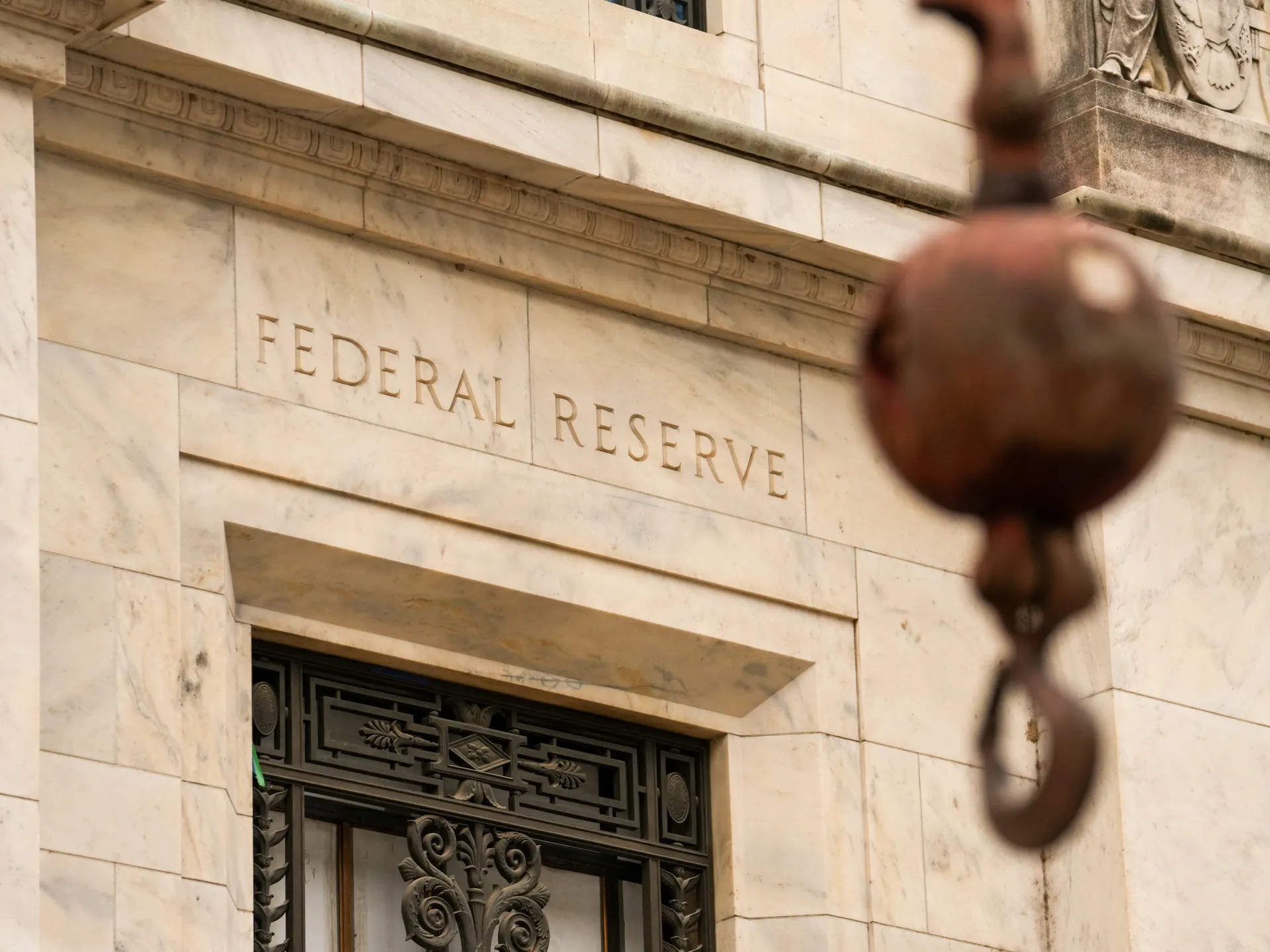The United States Federal Reserve has cut its benchmark interest rate by 25 basis points to 3.75 – 4.00 percent, amid signs of a slowing labour market and continued pressure on consumer prices.
The cut, announced on Wednesday, marks the US central bank’s second rate cut this year.
Recommended Stories
list of 4 itemsend of list
“Job gains have slowed this year, and the unemployment rate has edged up but remained low through August; more recent indicators are consistent with these developments. Inflation has moved up since earlier in the year and remains somewhat elevated,” the Fed said in a statement.
“Uncertainty about the economic outlook remains elevated.”
The cuts were largely in line with expectations. Earlier on Wednesday, CME Fed Watch — which tracks the likelihood of rate cuts — said there was a 97.8 percent probability of rate cuts.
After the September cut, economists had largely been expecting two additional rate cuts for the rest of this year. Goldman Sachs, Citigroup, HSBC, and Morgan Stanley, among others, forecast one more 25-basis-point reduction by year’s end following Wednesday’s cut. Bank of America Global Research is the only major firm that is not anticipating another 25-basis-point cut in 2025.
“The Fed has a challenging line to walk; lower interest rates to support labour markets and growth, or raise them to tamp down inflation. For now, they are taking a cautious approach tilted a bit towards the growth concerns,” Michael Klein, professor of international economic affairs at The Fletcher School at Tufts University in Massachusetts, told Al Jazeera.
Despite forecasts, Federal reserve chairman Jerome Powell isn’t necessarily inevitable.
“We haven’t made a decision about December,” Powell told reporters in a press conference.
“We remain well-positioned to respond in a timely way to potential economic developments.”
Government shutdown implications
The cuts come as economic data becomes increasingly scarce amid the ongoing government shutdown, now in its 29th day as of Wednesday, making it the second-longest in US history, behind the 35-day shutdown during the first presidency of Donald Trump in late 2018 and early 2019.
Because of the shutdown, the Department of Labor did not release the September jobs report, which was scheduled for October 3. The only major government economic data released this month was the Consumer Price Index (CPI), which tracks the cost of goods and services and is a key measure of inflation. The CPI rose 0.3 percent in September on a month-over-month basis to an inflation rate of 3 percent.
That data was released because the Social Security Administration required it to calculate cost-of-living adjustments for 2026. As a result, Social Security beneficiaries will receive a 2.8 percent increase in payments compared to 2025.
The shutdown, however, could have a bigger impact on next month’s central bank decision as the Labor Department is currently unable to compile the data needed for its November reports.
However, amid the limited government data, private trackers are showing a slowdown.
“We are not going to be able to have the detailed feel of things, but I think if there were a significant or material change in the economy one way or another, I think we would pick that up,” Powell said.
Consumer confidence lags
Consumer confidence fell to a six-month low, according to The Conference Board’s report that was released on Tuesday.
The data showed that lower-income earners – those making less than $75,000 a year – are less confident about the economy as fears of job scarcity loom. This comes only days after several large corporations announced waves of layoffs.
On Wednesday, Paramount cut 2,000 people from its workforce. On Tuesday, Amazon cut 14,000 corporate jobs. Last week, big box retailer Target cut 1,800 jobs. This, as furloughs and layoffs weigh on government workers. The US government is the nation’s largest employer.
Those making more than $200,000 annually remain fairly confident and are leading consumer spending that is keeping the economy afloat, according to The Conference Board.
Pressures both on consumer spending and the labour market are largely driven by tariffs weighing on consumers and businesses.
US markets are ticking up on the rate cut. The Nasdaq is up 0.5, the S&P 500 is up 0.1, and the Dow Jones Industrial Average is up by 0.26 as of 2pm in New York (18:00 GMT).
